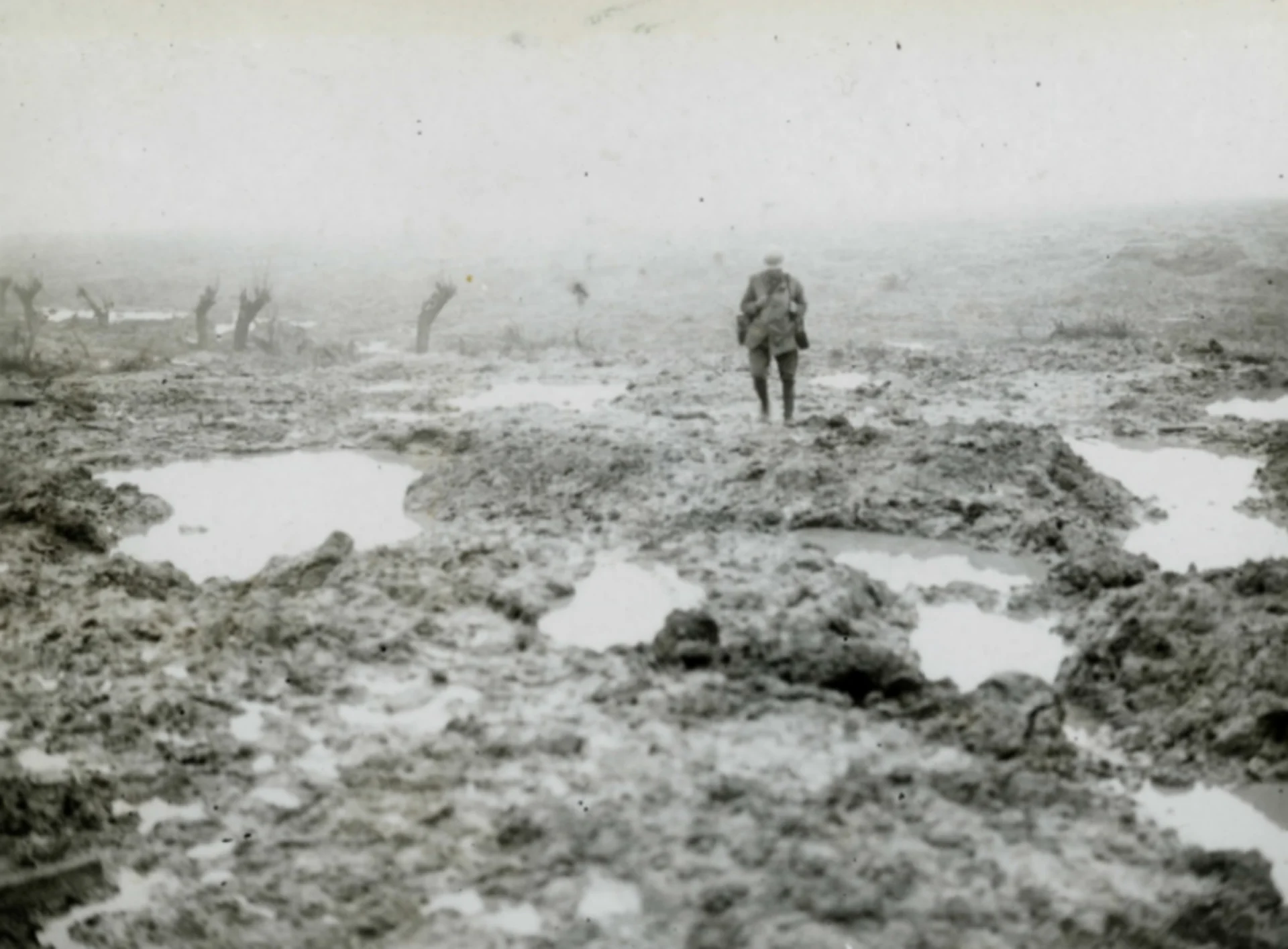
The unbearable weather conditions of First World War
This Day In Weather History is a daily podcast by Chris Mei from The Weather Network, featuring stories about people, communities and events and how weather impacted them.
--
The First World War, known as ‘The Great War,' was not only terrible in terms of loss of life, but also with the weather conditions in which the combatants faced. They were, at times, as hard as the battles themselves. The conflict lasted for more than 1,500 days and 42 per cent of the time was spent in the rain or snow.
Most of the fighting of the war took place in the trenches of Europe. Almost 10,000 kilometres of trenches were dug on both sides of the western front, generally around 10-feet deep and 6-feet wide. They accumulated water quickly at the bottom when it rained, turning them into mud baths infested with rodents and insects.
The muddy conditions caused ‘trench foot,' which led to blisters, open sores, fungal infections and eventually gangrene, requiring amputation. One estimate suggests that 20,000 British casualties were caused by trench foot in 1914.
Over the course of the war, wet conditions in the trenches gradually improved due to better drainage and more waterproof footwear, but the weather still made life unbearable for many soldiers, particularly during the harsh winter of 1916-17.
On today's podcast, we talk more about the heat waves and the cold snaps during the First World War and their impacts on the soldiers.
"This Day In Weather History” is a daily podcast by The Weather Network that features unique and informative stories from host Chris Mei.
Subscribe to 'This Day in Weather History': Apple Podcasts | Amazon Alexa | Google Assistant | Spotify | Google Podcasts | iHeartRadio | Overcast'
Thumbnail courtesy of the Canadian War Museum





